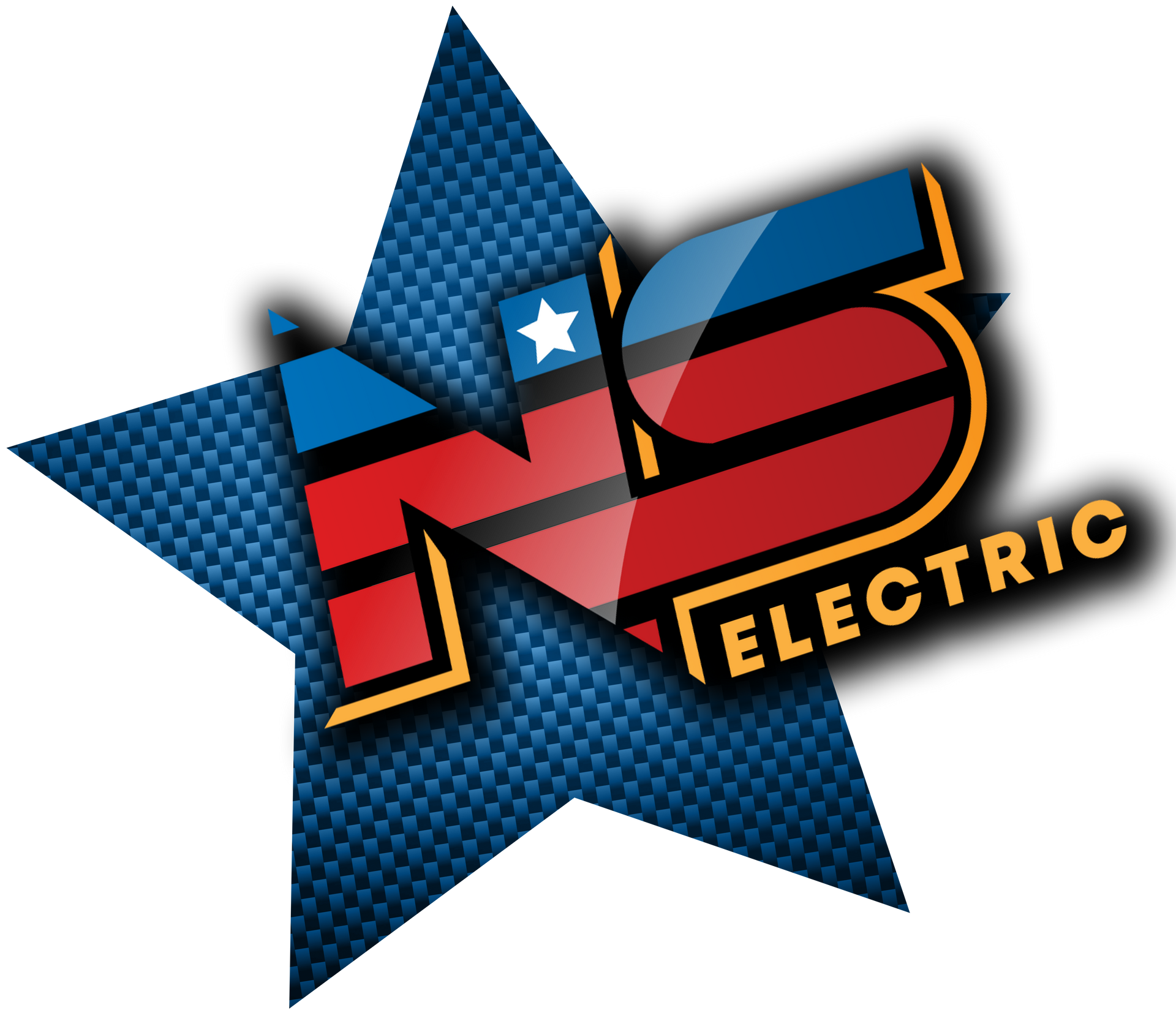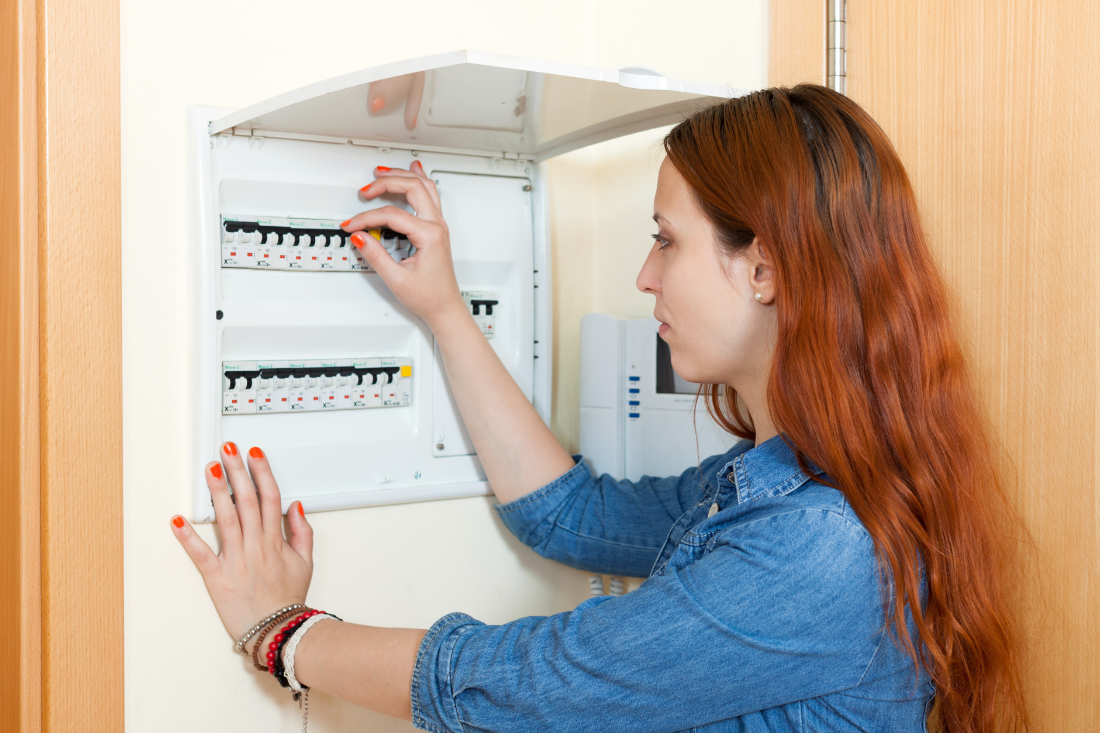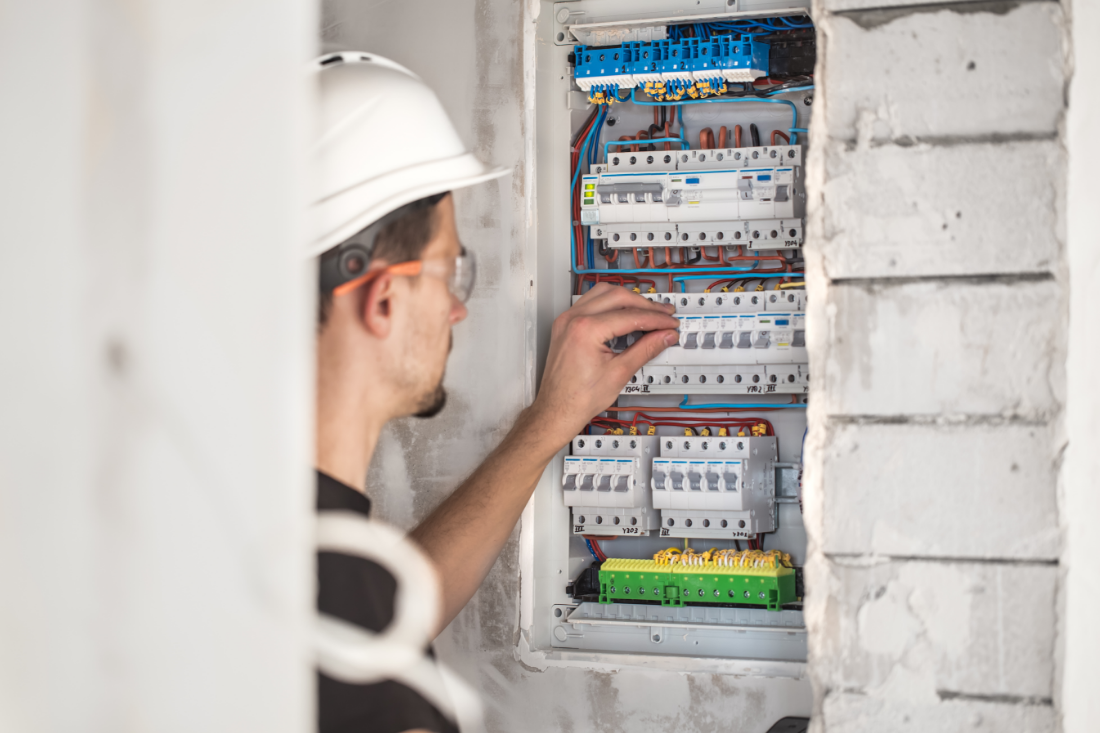Do I Need a Sub-Panel to Finish Basement?
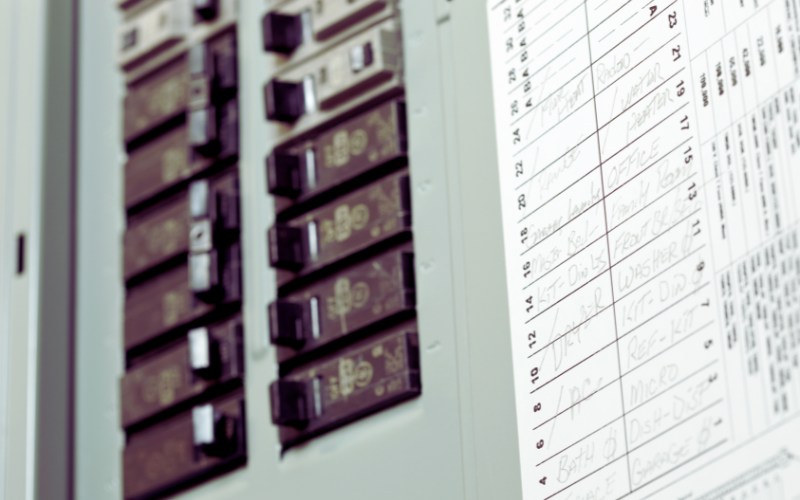
When finishing a basement, electrical considerations are among the most important aspects of your project. A common question homeowners face is whether they need to install a sub-panel. This decision impacts safety, convenience, and code compliance for your newly finished space.
What Is an Electrical Sub-Panel?
A sub-panel is a smaller electrical panel that connects to your home's main panel. It distributes power to a specific area of your home - in this case, your basement. Sub-panels contain their own circuit breakers but receive their power from the main electrical panel through a feeder cable.
The sub-panel works as a satellite distribution point, allowing you to add circuits without overloading your main panel. Unlike the main panel, which connects directly to the utility power line, a sub-panel is downstream from the main panel and typically handles a lower amperage load.
Signs You Might Need a Basement Sub-Panel
Your Main Panel Is Already Full
If your main electrical panel has no empty slots for additional circuit breakers, you'll need a sub-panel. Your finished basement will require multiple new circuits for lighting, outlets, and possibly specialized equipment like a home theater or workshop tools.
Most residential panels contain 100 to 200 amps of capacity. If your panel is maxed out, attempting to add circuits by doubling up breakers (called "double tapping") creates a serious safety hazard and violates electrical codes.
The Basement Is Far From the Main Panel
Voltage drop becomes a concern when your electrical circuits run too far from the main panel. If your basement is distant from your main electrical panel, a sub-panel can help maintain proper voltage levels for all your basement appliances and fixtures.
The National Electrical Code recommends limiting voltage drop to 3% for power circuits. Beyond certain distances, wire size requirements become impractical and expensive, making a sub-panel the more efficient solution.
You're Planning a Specialized Space
Basement remodels often include specialized rooms that have specific electrical requirements:
- Home theaters with complex audio/visual equipment
- Workshop areas with power tools
- Home gyms with motorized equipment
- Home offices with multiple electronics
Each of these spaces may require dedicated circuits to function properly. A workshop with power tools, for example, might need multiple 20-amp circuits to prevent tripping breakers during use.
Code Requirements in Your Area
Local building codes may require a sub-panel for basement finishing projects depending on where you live. In Morgantown and surrounding areas of West Virginia, for example, basements exceeding 500 square feet often require dedicated electrical service. Some local codes specify requirements for basements that will function as separate living spaces or contain laundry facilities, while others focus on total connected load.
Check with your local building department before starting your project, as requirements can vary significantly between municipalities. Many jurisdictions in North Central West Virginia have adopted specific electrical code amendments that apply to basement renovations.
Benefits of Installing a Basement Sub-Panel
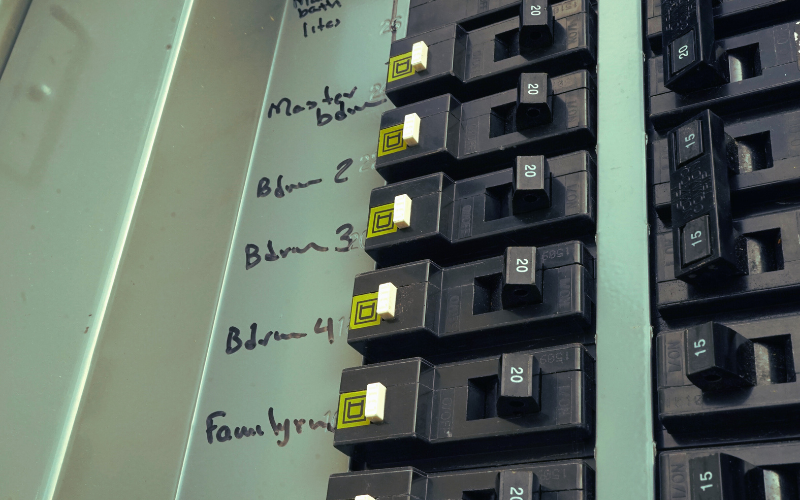
Simplified Circuit Management
A basement sub-panel makes it easier to control the electrical supply to your basement. If you need to cut power for maintenance or emergencies, you can do so without affecting the rest of your home.
This convenience becomes particularly valuable during basement renovations when you might need to turn off power frequently. With a sub-panel, you can work on basement circuits without disrupting power to essential systems like refrigerators or security systems elsewhere in your home.
Improved Safety
Sub-panels help prevent circuit overloads by distributing the electrical load more efficiently. This reduces the risk of electrical fires and protects your equipment from damage.
A properly installed sub-panel includes appropriate circuit protection for the specific needs of your basement. This targeted protection provides an extra layer of safety beyond what your main panel offers.
Future Expansion
Installing a dedicated sub-panel now gives you room to grow later. You won't need to worry about finding space in your main panel when you add that workshop, mini-fridge, or entertainment system down the road.
Adding a sub-panel during initial basement finishing costs much less than retrofitting one later. Once walls and ceilings are finished, installing new electrical service becomes significantly more complex and expensive.
Easier Troubleshooting
When electrical problems occur, having a separate panel for your basement makes it easier to isolate and fix issues without disrupting power to the rest of your home.
A sub-panel creates a clear demarcation point between your basement electrical system and the rest of your home. This clarity helps electricians diagnose problems more quickly and accurately.
Energy Efficiency Benefits
A properly sized electrical system with a dedicated sub-panel can contribute to better energy efficiency in your home. By reducing voltage drop and properly distributing electrical loads, your appliances and electronics operate at their optimal efficiency levels. This can translate to lower energy bills and reduced wear on your electrical devices over time.
Additionally, a sub-panel makes it easier to implement energy monitoring systems if you want to track and manage your basement's energy consumption separately from the rest of your home.
When You Might Not Need a Sub-Panel
Not every basement finishing project requires a sub-panel. You might be able to connect to your existing main panel if:
- Your main panel has several unused breaker spaces
- Your basement remodel has modest electrical needs
- The main panel is already located near your basement
- Local code allows for extending existing circuits
For simple basement layouts with basic lighting and a few outlets, extending existing circuits might be adequate. However, this approach limits your future options and may not support higher-power appliances or equipment.
Professional Assessment Is Key
Before making a decision, have a licensed electrician inspect your current electrical system. They can evaluate:
- The capacity of your main panel
- Your projected electrical needs for the basement
- Distance from the main panel to the basement
- Local code requirements
- Potential safety concerns
Professional electricians use specialized testing equipment to measure your current electrical load and calculate how much additional capacity you need. This practical, real-world assessment helps you avoid both inadequate power and unnecessarily expensive oversized systems.
Installation Considerations
If you determine a sub-panel is necessary, keep these factors in mind:
Location
The sub-panel should be easily accessible but not in a location where it will interfere with your basement design plans. It should be mounted at the proper height according to electrical codes.
The NEC requires panels to be located in readily accessible areas with adequate workspace in front of them. They must be installed at a height where the center of the grip of the highest breaker is no more than 6 feet 7 inches above the floor. This height requirement exists for safety reasons, ensuring that all homeowners can reach and operate the breakers without standing on anything, even in emergency situations.
Size Requirements
Sub-panels come in different amperage ratings. Common sizes for basement applications include 60-amp, 100-amp, or 125-amp panels, depending on your specific needs.
The appropriate size depends on your projected electrical load. A basic recreational room might need only a 60-amp panel, while a comprehensive basement with multiple rooms and appliances could require 100 amps or more.
Grounding and Bonding
Proper grounding and bonding are essential for safe sub-panel installation. This is an area where professional expertise is particularly important.
Sub-panels located in the same building as the main panel require a four-wire feeder with separate neutral and ground connections. Incorrect grounding creates serious safety hazards and code violations.
Permit Requirements
You need permits for sub-panel installation in most jurisdictions. Licensed electricians handle this paperwork for you and ensure all inspections pass the first time.
The permit process protects you by verifying that electrical work meets safety standards. These permits also provide documentation that work was performed legally, which becomes important when selling your home or filing insurance claims.
Trust NS Electric for Your Basement Electrical Needs
At NS Electric, we specialize in helping homeowners in the Morgantown area with all aspects of residential electrical work, including basement finishing projects. Our team has successfully installed hundreds of basement sub-panels throughout North Central West Virginia since 2016. We have particular expertise in older homes with challenging panel upgrades and in designing electrical systems for complex basement conversions.
Our master electrician Matthew Wright personally oversees every basement electrical project to ensure meticulous attention to detail. We handle everything from initial load calculations to final inspection, providing you with detailed documentation and clear explanations throughout the process. As a veteran-owned business serving North Central West Virginia, we pride ourselves on honest assessments and quality workmanship.
Contact us today for a free estimate on your basement electrical project.
Frequently Asked Questions
How much does it cost to install a basement sub-panel?
The cost varies depending on factors such as panel size, location, and the complexity of running feeder lines from your main panel. A basic 100-amp sub-panel installation typically ranges from $500-1,500, but costs can be higher depending on specific circumstances. Contact NS Electric for a personalized estimate.
Can I install a sub-panel myself?
Sub-panel installation involves working with high-voltage electricity and requires proper knowledge of electrical codes. For safety reasons and to ensure code compliance, sub-panel installation should be performed by a licensed electrician. Improper installation can lead to electrical fires, shock hazards, or failed inspections.
How many circuits will I need for my finished basement?
The number of circuits depends on the size and purpose of your basement. A typical finished basement might require:
- 1-2 circuits for lighting
- 2-3 circuits for general-purpose outlets
- Dedicated circuits for any large appliances
- Special circuits for entertainment systems or workshop tools
Will adding a sub-panel increase my home's value?
Properly installed electrical systems, including sub-panels when appropriate, can increase your home's value. They demonstrate to potential buyers that the home has been updated to handle modern electrical demands and that the basement finishing work was done properly with permits and inspections.
How long does sub-panel installation take?
For most residential applications, a professional electrician can complete a sub-panel installation in one day. However, complex installations or those requiring extensive rewiring might take longer. The timeline also depends on permit approval and inspection scheduling in your area.
Ready to work with NS Electric?
Let's connect! We’re here to help.
Send us a message and we’ll be in touch.
Or give us a call today at 111-222-3333
